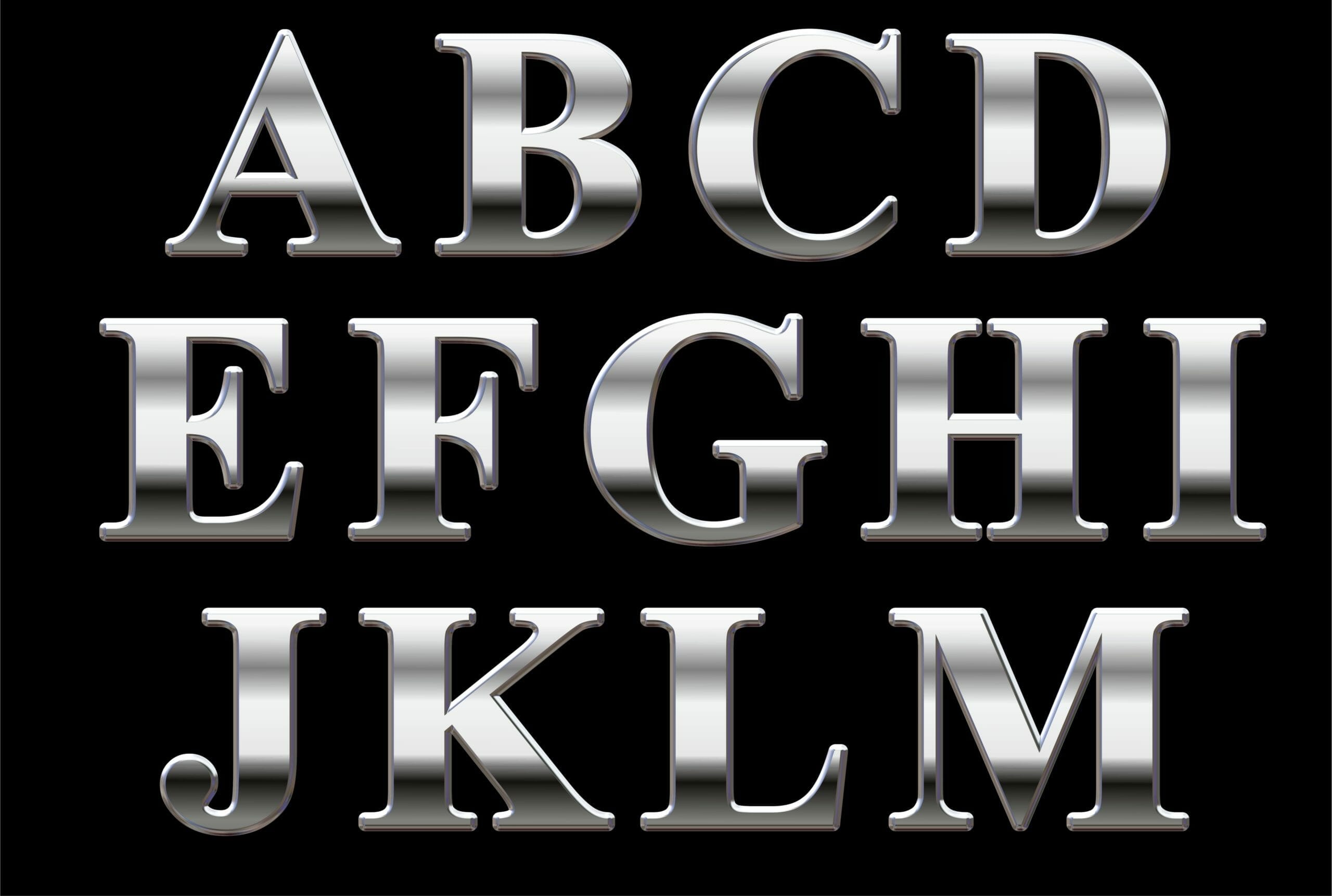If you’ve never formatted a book before, you might not know exactly how much work goes into it. It might seem easy and uniform—it just needs to look like a book, right?—but you’d be surprised just how many decisions you’ll need to make if you’re formatting on your own. Among the most important of these will be the font you choose for your book—you need to pick one of the easiest fonts to read.
Think of it like this: picking a bad font for your book is much like picking a bad cover. Even if you’ve got the best content in the world, a reader is much less likely to buy or read it if it looks cheaply or badly made.
Let’s talk a little about fonts, why they matter, and how to pick the perfect one for your project.
When trying to figure out the easiest font to read, this is what you should consider:
What is the Easiest Font to Read in a Book?
So, before we talk about exactly which fonts to use, let’s go over some terminology. The first choice you’ll need to make is serif vs sans serif. What does that mean?
Serif Fonts
Serif fonts are those fonts with little tails on them. Think Times New Roman or Georgia—the little feet and embellishments on certain letters make the words flow together in a way that isn’t confusing. It keeps the eye moving, basically.
Sans-Serif Fonts
A sans-serif font is missing those details, making the letters smooth and unconnected. Think Helvetica or Calibri. The space between letters makes each letter clearer, which can enhance readability.
Generally, books are written in serif fonts because of how they lead the reader’s eye. Because the space between letters helps readability, sans serif fonts are generally reserved for large text editions of books or for digital formats.
While there’s no solid consensus on exactly which font is the best for your book, a few popular choices are: Garamond, Caslon, Minion, and Baskerville.
But which should you pick, and why does it matter?

Why Do Fonts Matter for Different Books?
We’ve got a solid understanding of what different fonts are for, so let’s talk a little bit about why it matters which font you pick. While readability is maybe the most important function of a font, it isn’t the only function you should worry about while you’re picking out the easiest font to read for your next novel.
1. You Don’t Want to Stick Out
When you’re picking a font for a book, you don’t want something that the reader is going to notice. You don’t want it to stick out as a strange choice—in something like a logo, you might want a memorable, notable font, but in a book, you want it to blend in.
Sometimes, on the copyright page of a book, the font will be listed with the other publication info. Check for this the next time you’re reading a physical book and see if you notice any patterns. Do fantasy books tend to stick to a certain font family? Do nonfiction books? Keep that info in mind when you go to pick out a font for yourself, so you’re picking something that will blend in without the reader even realizing it.
2. You Want to Stay On-theme
Picking a neutral font, or a font you’ve seen before, shouldn’t be a choice you make at random. While you don’t want your choice to be overt to the reader, you also want it to be intentional.
We rarely think of words and letters as ‘images,’ but they are! And the way you choose to present your words will impact the way a reader thinks about the text, even if only in a very subtle way. You know how some people get flashbacks to college papers when they see Times New Roman? We want to avoid that.
Here are some questions to consider:
- What’s the mood of your book?
- What’s the aesthetic of the cover?
- What fonts are you using for your title and subtitle?
All of the aesthetic choices you make should work together, not sit alongside or even clash with one another. If you’re not sure whether you’re picking cooperative fonts, there are plenty of sites online that will help you group font types together to experiment.
What Font Size is Easiest to Read in a Book?
Once you’ve picked out a font, you still need to pick out a font size. And thankfully, it’s a little less trial-and-error here: books are almost always printed with a font size between 9 and 12pts, with 9 being on the smaller end and 12 being on the larger.
The exact size you’ll need will depend on a few factors. You’ll want to know what dimensions you’re working with for your pages—having really small text on a bigger page can look claustrophobic and hard to read, while bigger text on a smaller page can look cumbersome.
You’ll also want to pick a size that works well with your font. Times New Roman, for example, looks pretty good at a size of 12pt, a bit cumbersome at 14pt, and sort of wonky at 11pt. You’ll also want to play with proportions—how big is the body text in relation to the chapter titles and page numbers?
What’s your favorite font to write in? Do you have a favorite font to read? Let us know in the comments below!
Ready To Write? We can help!
Our Advanced Starter Kit has everything you need to get started writing today!



